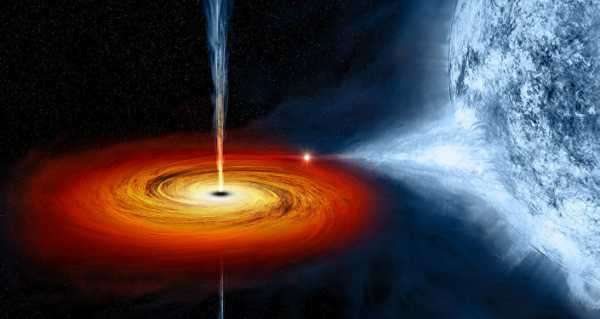
Located in the Cygnus constellation, it was discovered in 1964 during a suborbital rocket flight. It immediately attracted the attention of astrophysicists and has become one of the most studied astronomical objects. Scientists initially thought that it had 14.8 solar masses.
An international team of scientists says the mass of the first detected black hole is much bigger than was previously thought. According to the conclusions of their study, published on 18 February in the journal Science, Cygnus X-1 is more than 20 times the mass of the Sun.
The researchers say they examined the black hole and the companion star that it orbits every five and a half days with a Very Long Baseline Array, a collection of radio telescopes. The observations revealed that Cygnus X-1 is farther from us than scientists previously thought, which means that the object itself is bigger.
The discovery makes Cygnus X-1 the most massive black hole ever discovered without the use of gravitational waves. Moreover, its mass bewildered the scientists so much that they say the current laws of physics need to be changed in order to explain how massive stars evolve to form black holes.
Sourse: sputniknews.com






